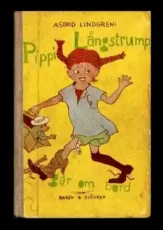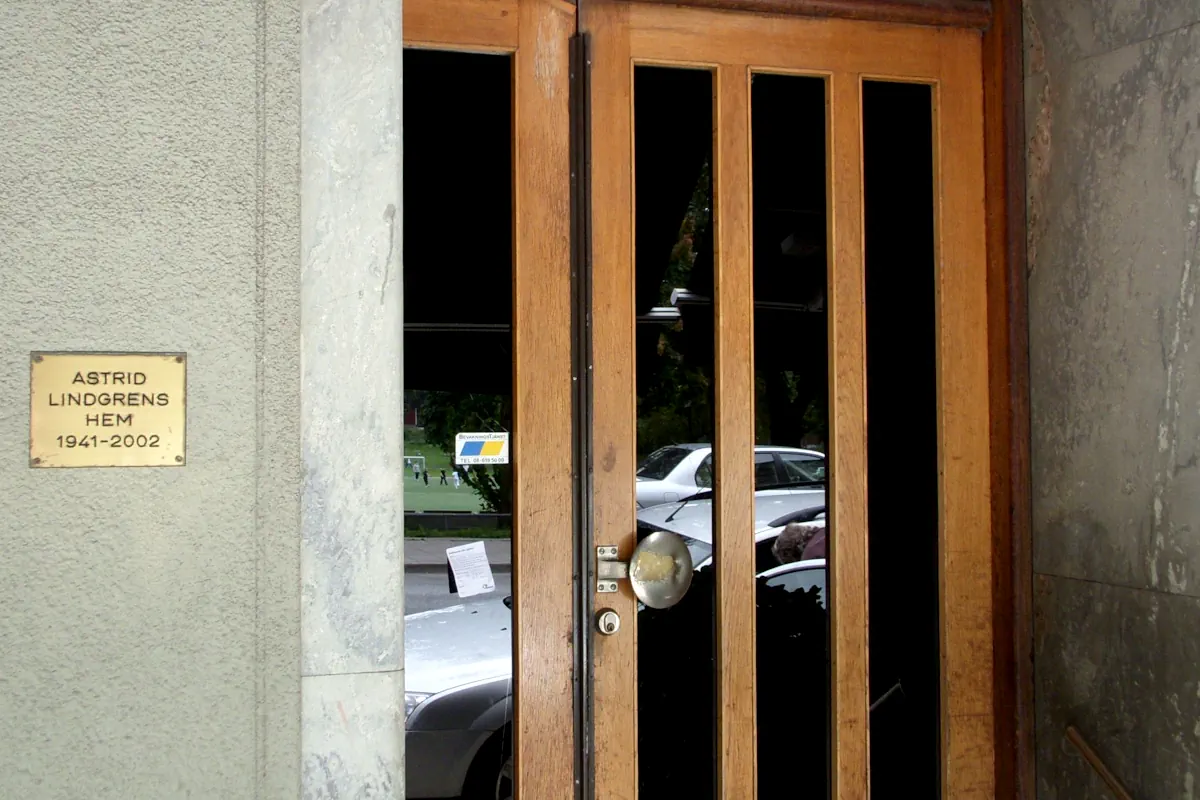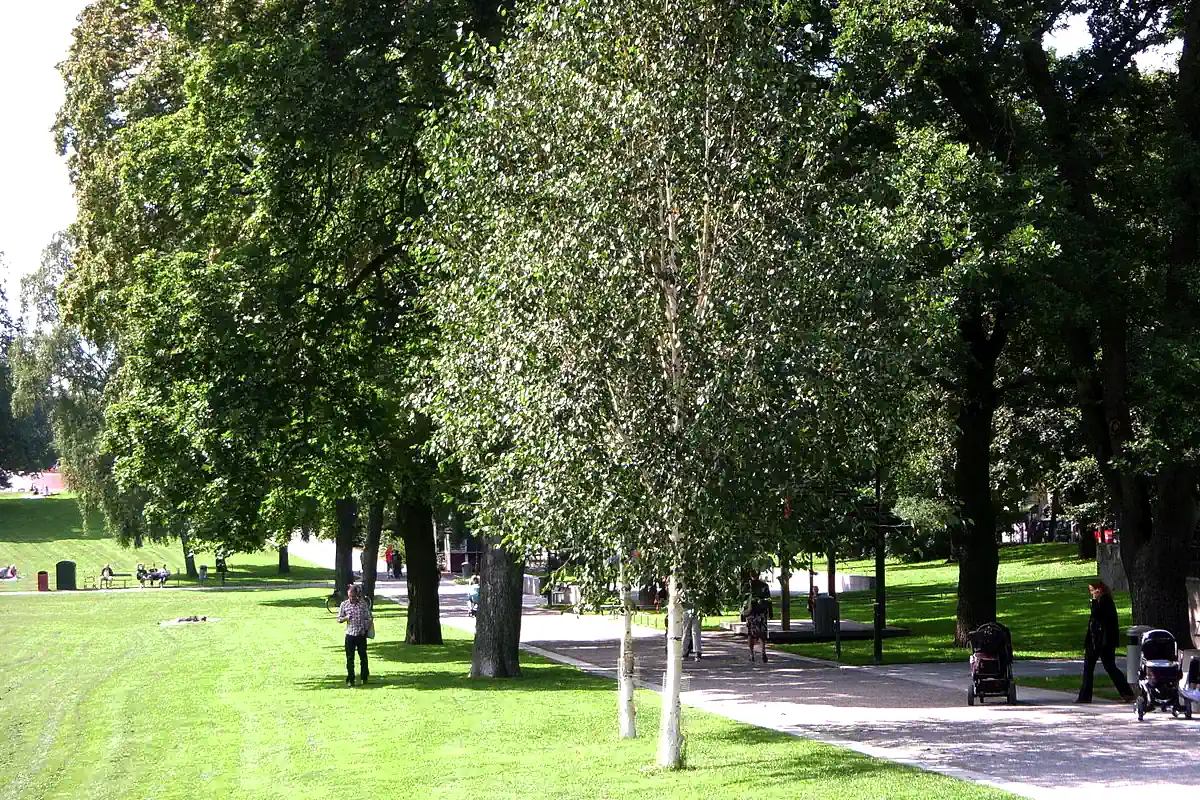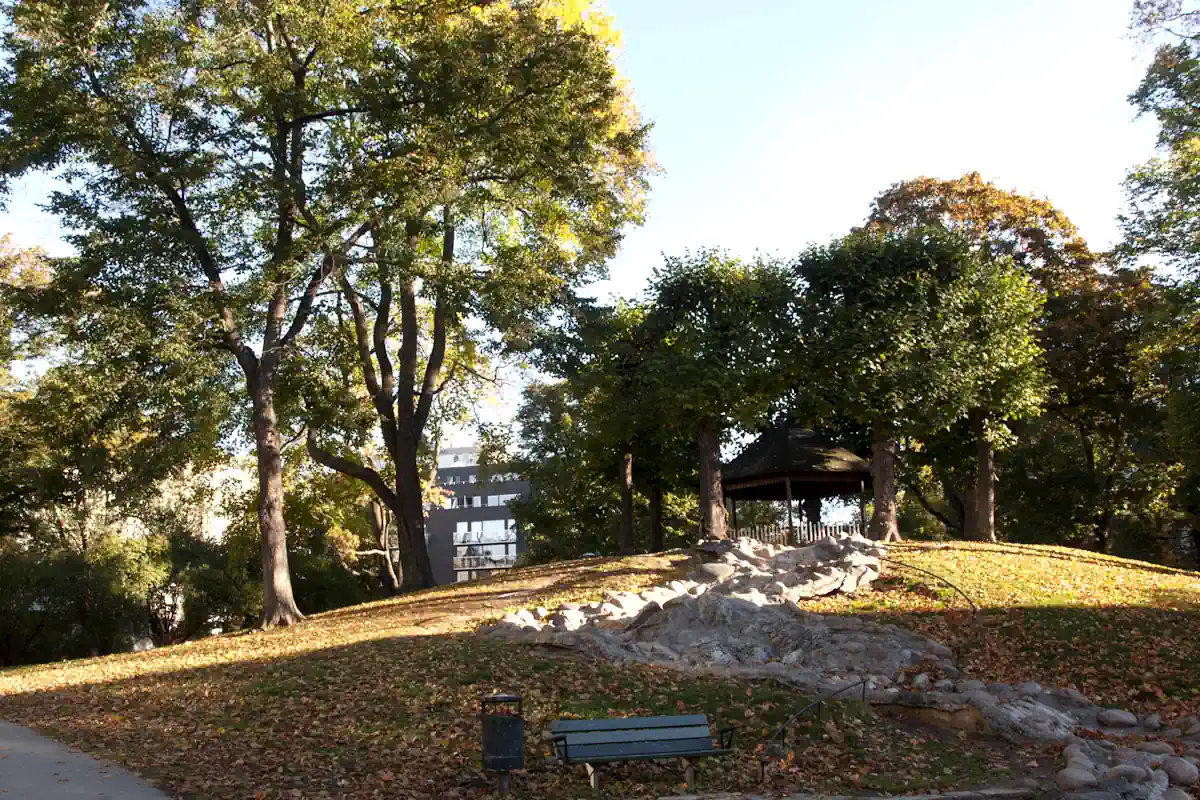
Astrid Lindgren, one of Sweden’s most beloved authors, left an indelible mark on children’s literature and Stockholm’s cultural landscape. Her imaginative stories have captivated readers worldwide, and her influence can still be felt throughout the Swedish capital.
This article examines Lindgren’s life, literary works, and locations in Stockholm where tourists can honor her legacy.
The life of Astrid Lindgren
Astrid Anna Emilia Lindgren was born on November 14, 1907, in Näs, near Vimmerby, Småland, in southern Sweden. She grew up on a farm, and this rural upbringing would later inspire many of her stories and characters.
In 1926, at the age of 18, Lindgren moved to Stockholm, where she would spend most of her adult life. Her early years in the city were marked by both personal challenges and professional growth. She worked as a secretary at the Royal Automobile Club, where she met her future husband, Sture Lindgren.
Literary career
Lindgren’s literary career began in 1944 when she won second prize in a competition for her novel “The Confidences of Britt-Marie.”. However, it was her next work that would catapult her to international fame.
In 1945, Lindgren won first prize in the same competition with “Pippi Långstrump” (Pippi Longstocking). When Lindgren’s daughter, Karin, fell ill and requested a story about “Pippi Longstocking,” she spontaneously created the character of Pippi. Over the following decades, Lindgren wrote numerous beloved children’s books, including:
- Bill Bergson, Master Detective (Mästerdetektiven Blomkvist), 1946
- Mio, My Son (Mio min Mio), 1954
- Madicken or Mardie’s Adventures (Madicken), 1960
- Emil’s Pranks or Emil Gets Into Mischief (Nya hyss av Emil i Lönneberga), 1966
- The Brothers Lionheart (Bröderna Lejonhjärta), 1973
- Ronia, the Robber’s Daughter (Ronja Rövardotter), 1981
Astrid Lindgren’s Stockholm
For tourists visiting Stockholm, there are several locations connected to Astrid Lindgren’s life and work that offer insight into the author’s world and her enduring impact on Swedish culture.
(1) Dalagatan 46: Astrid Lindgren’s Home
The most significant site for Lindgren enthusiasts is her former home at Dalagatan 46 in the Vasastan district of Stockholm. Lindgren lived in this four-room apartment from 1941 until her death in 2002. In November 2015, on what would have been her 108th birthday, the apartment was opened to the public as a museum.
Visitors to Dalagatan 46 can see the home exactly as Lindgren left it, providing an intimate glimpse into her life and work, as well as her daughter Karin’s childhood bed, where the idea for Pippi Longstocking was born.

(2) Vasaparken
Directly across from Lindgren’s apartment is Vasaparken, a park where she often went for walks. After her death, a section of the park was renamed the Astrid Lindgren terrace in her honor. This park played a significant role in Lindgren’s life:
- As a young mother, she made lifelong friends here, whom she affectionately referred to as her “park ladies.” Even in her later years, she could be seen walking arm-in-arm with her friends in the park.
- In March 1944, Lindgren slipped on ice in Vasaparken and was confined to bed with a sprained foot. It was during this time that she wrote down the stories of Pippi Longstocking.
- Visitors can stroll through the park, imagining Lindgren’s daily walks and the inspiration she may have drawn from this green space in the heart of Stockholm.

(3) Tegnérlunden
Tegnérlunden is a park in Stockholm that has several significant connections to Astrid Lindgren:
- Daily Walks: Astrid Lindgren walked through Tegnérlunden every day on her way from her home on Dalagatan to her work at the publishers Rabén & Sjögren.
- Literary Inspiration: One evening, Lindgren saw a little boy sitting alone on a bench in Tegnérlunden as dusk fell. This sight inspired her to write the first chapter of her novel “Mio, My Son.”.
- Bronze Sculpture: In 1996, sculptor Majalisa Alexanderson unveiled a bronze sculpture of Astrid Lindgren in Tegnérlunden.
- Literary Setting: Several of Astrid Lindgren’s books, including “Mio, min Mio” (Mio, my Son), are set in Tegnérlunden, further cementing the park’s connection to her literary works.
- Cultural Significance: The park has become an important landmark for literature enthusiasts and those interested in Swedish cultural history, largely due to its association with Lindgren.’
This connection between Tegnérlunden and Astrid Lindgren showcases how the physical spaces of Stockholm intertwined with the author’s life and work, serving as both inspiration and commemoration of her literary legacy.

Astrid Lindgren’s impact and legacy
Astrid Lindgren extends her influence far beyond her books. Throughout her life, she actively advocated for children’s rights and animal welfare.
- She took a strong stance against the corporal punishment of children.
- In 1988, she was instrumental in passing a new law in Sweden controlling factory farming, putting the country at the forefront of animal welfare issues.
- Lindgren received numerous awards for her work.
- Her books have been translated into over 100 languages and continue to be read and loved by children and adults around the world. Characters like Pippi Longstocking have become cultural icons, representing strength, independence, and the power of imagination.
Conclusion
These experiences offer an intimate glimpse into Lindgren’s world, showcasing the environment where she developed her timeless stories and independent worldview
As you walk through Vasaparken or along the streets of Vasastan, you’ll be following in the footsteps of a woman whose words have touched millions of lives. Lindgren’s Stockholm is not just a tribute to a legendary author but a celebration of imagination, childhood, and the enduring power of storytelling.






